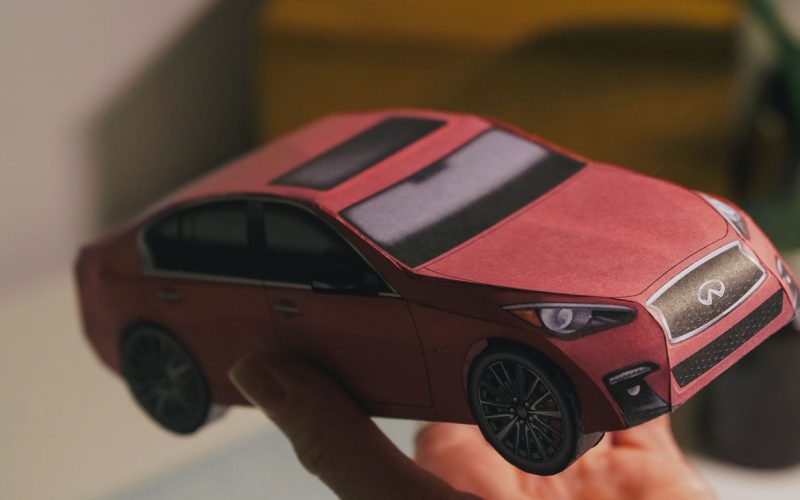
Reading Time: 4 minutesAlthough there has recently been talk about reopening our economy, for the most part we’re still
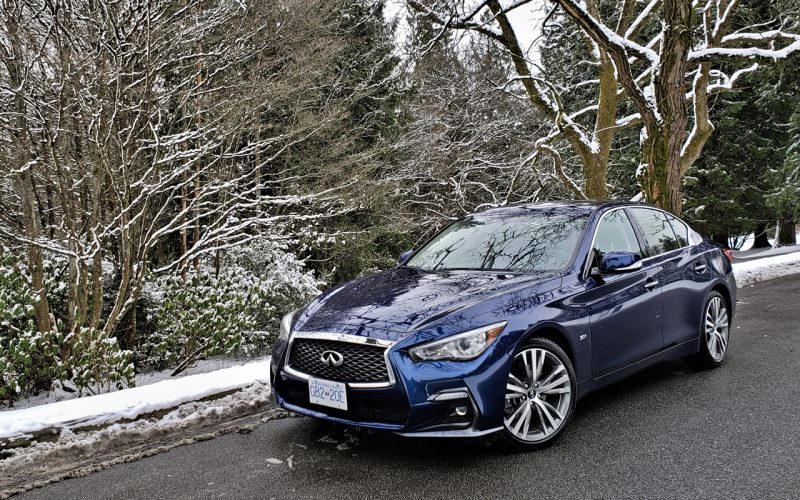
Reading Time: 12 minutesThe Infiniti Q50 has been one of few sport-luxury sedans that found continued success despite the
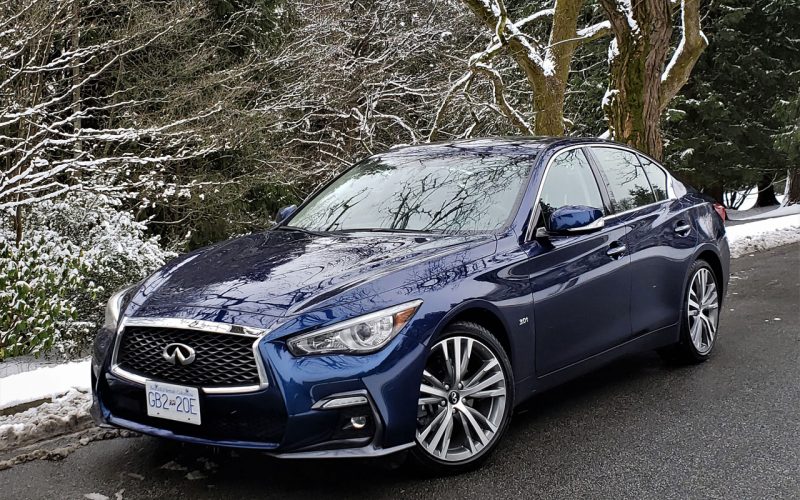
Reading Time: 7 minutesInfiniti gave its only relevant sedan a mid-cycle refresh last year, updating the Q50’s grille, front
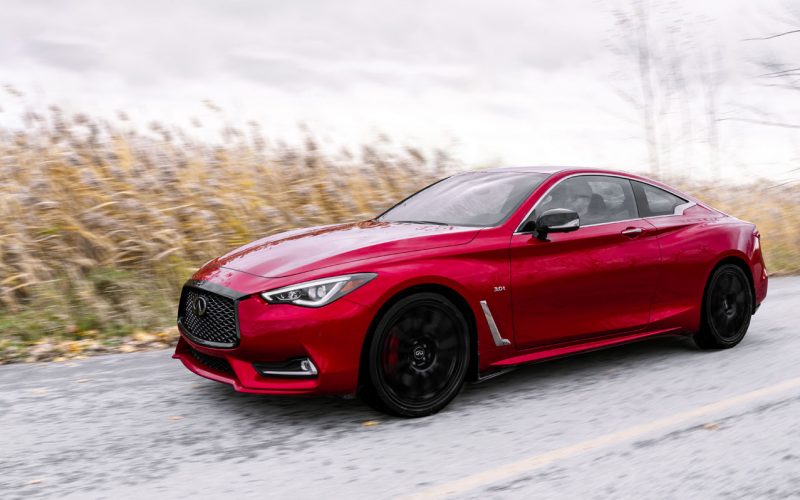
Reading Time: 3 minutesInfiniti showed up at last month’s Salon International de l’Auto de Montréal with a new Canada-exclusive
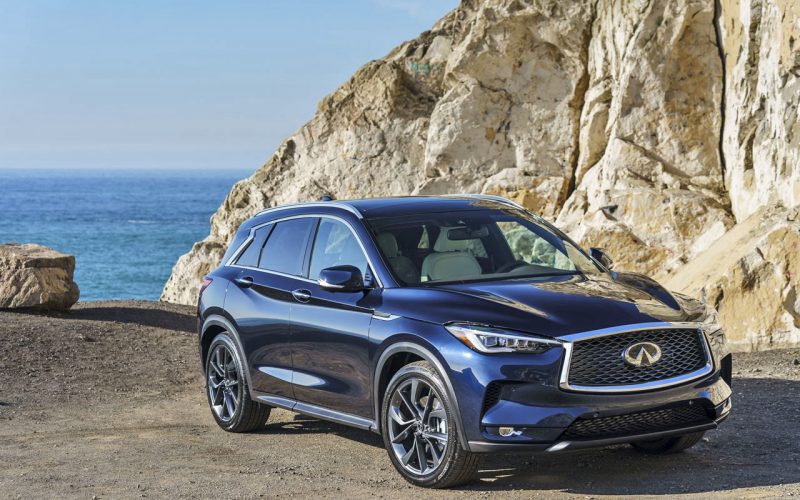
Reading Time: 2 minutesInfiniti had more reasons to celebrate than just Canada Day on July 1, 2018, because extremely
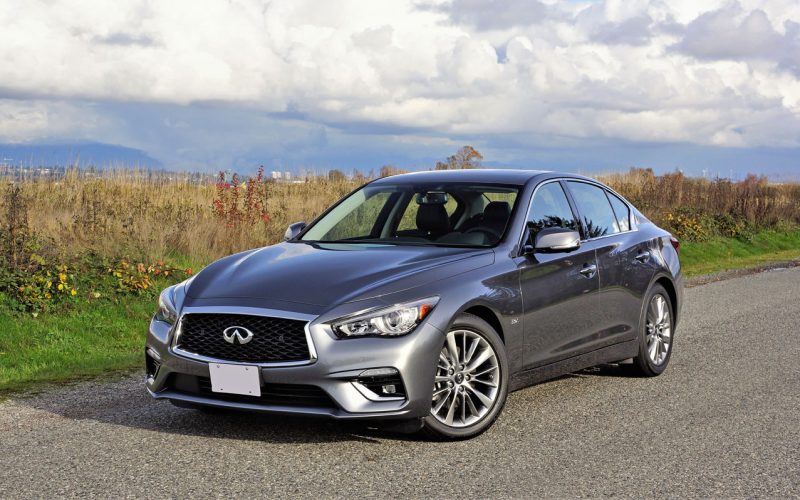
Reading Time: 12 minutesInfiniti gave its popular Q50 sport-luxury sedan a mid-cycle makeover for 2018, and while the refresh
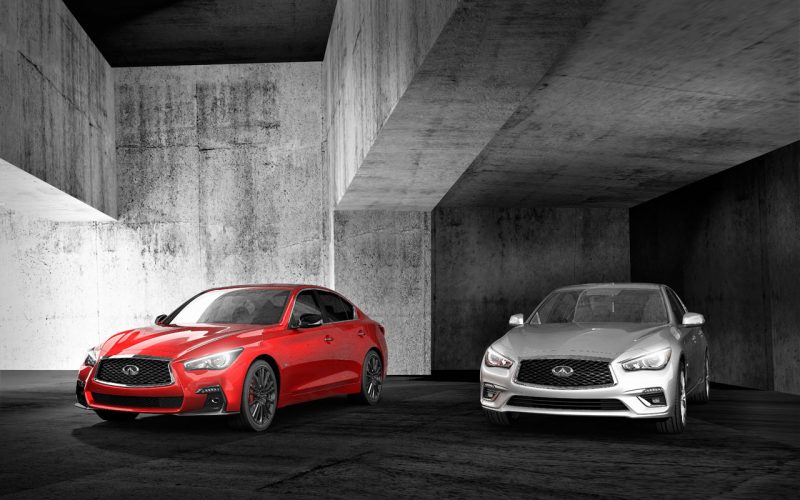
Reading Time: 9 minutesInfiniti started production of its refreshed 2018 Q50 sport-luxury sedan at the premium brand’s Tochigi, Japan
© 2025 The Car Magazine. All Rights Reserved, Privacy Policy | Terms of Use